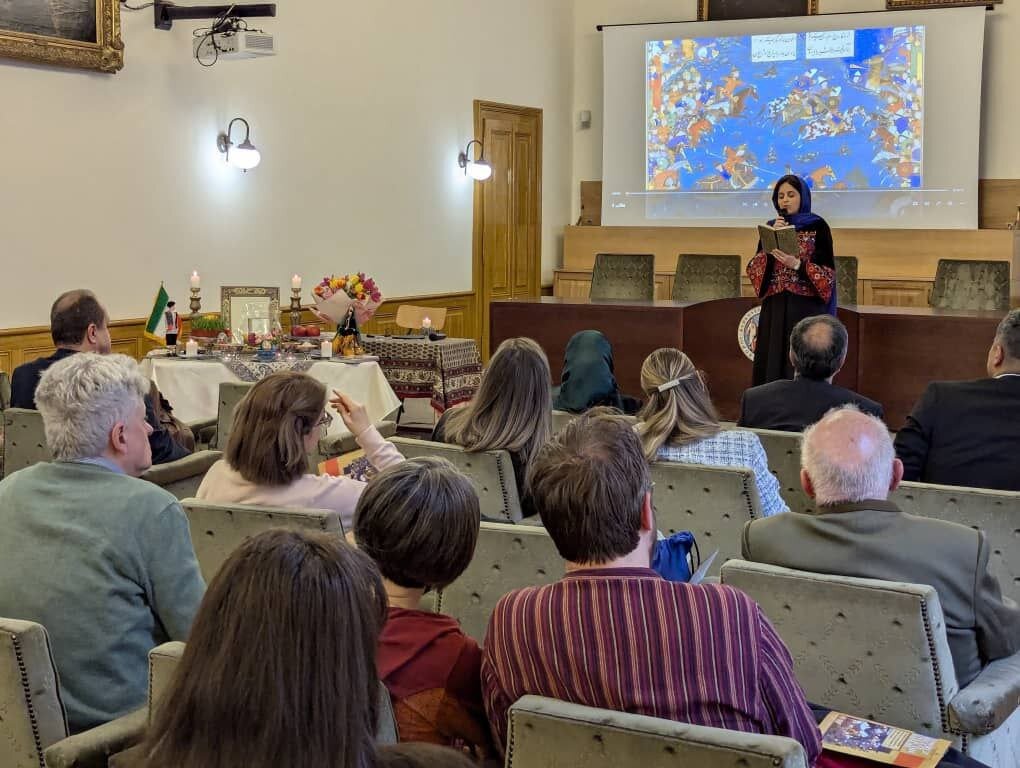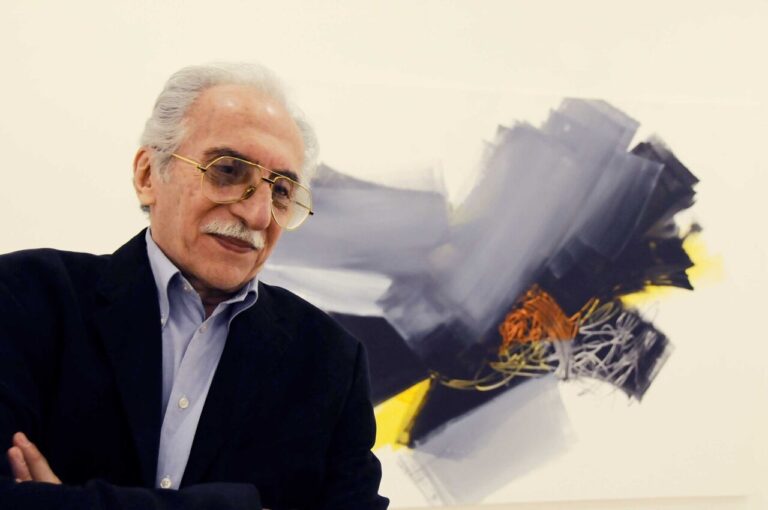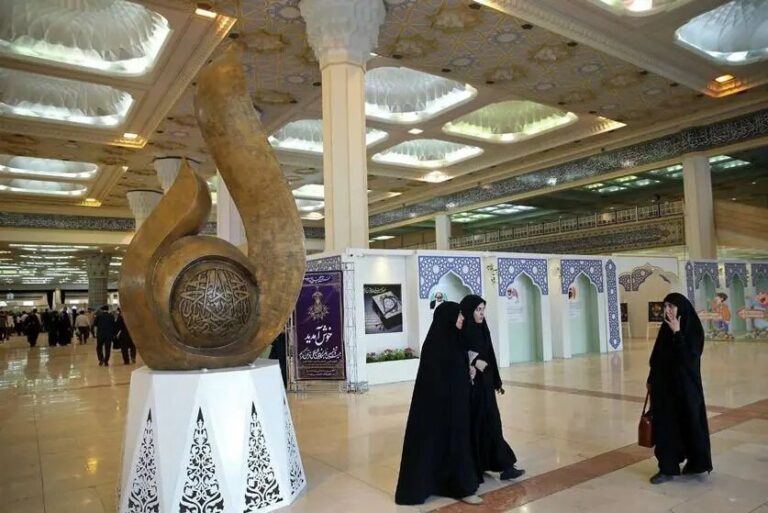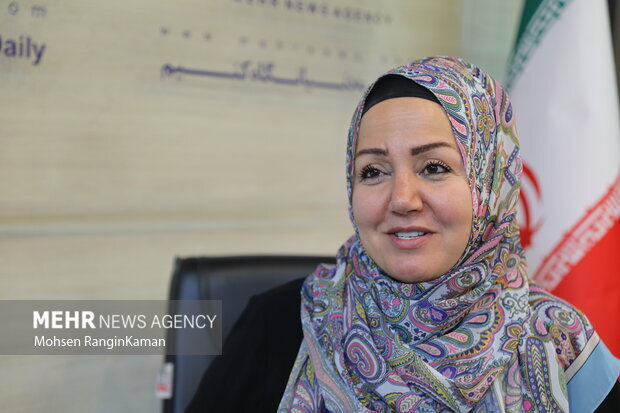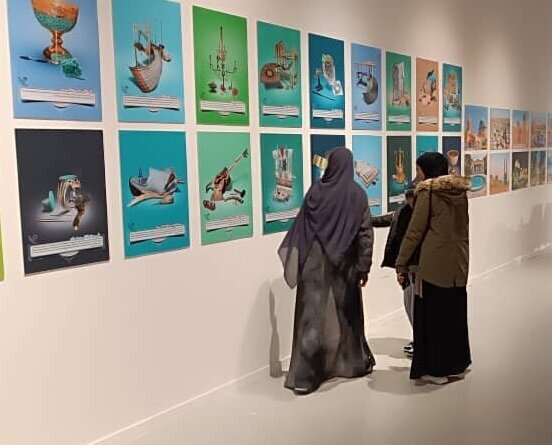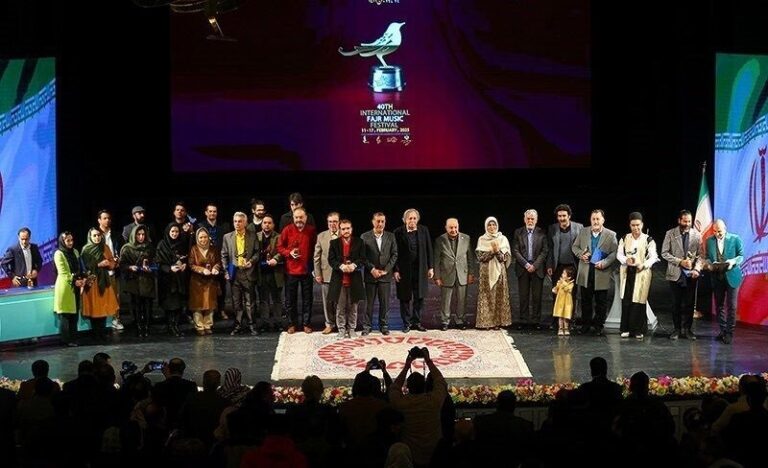Experience the Magic of Naqqali: Bahareh Jahandoost’s Captivating Performances in Budapest
Special celebrations commemorating the Persian New Year, Nowruz, alongside the 100th anniversary of official relations between Iran and Hungary, took place in Budapest. This unique event featured a captivating naqqali performance by the renowned Iranian storyteller, Bahareh Jahandoost, who brought ancient Iranian storytelling traditions to life.
Jahandoost expressed her excitement about the significance of this year, stating, “This year marks the centenary of diplomatic ties between Iran and Hungary. To celebrate the occasion, the Embassy of the Islamic Republic of Iran in Budapest, in collaboration with the Islamic Culture and Relations Organization, invited me to perform naqqali during the Nowruz festivities in Hungary.”
Throughout her time in Budapest, Jahandoost delivered a total of three remarkable performances:
- First, at the Iranian Embassy, attended by ambassadors, diplomatic officials, cultural figures, and Iranian families.
- Second, at Eötvös Loránd University (ELTE), organized by the university’s Department of Iranian Studies in cooperation with Professor Iván Szántó, a noted Hungarian Iranologist.
- Third, at Semmelweis University of Medical Sciences, where she entertained students with her storytelling.
During these performances, Jahandoost enchanted her audience with engaging tales from the Shahnameh, the legendary Persian epic written by Ferdowsi, all while performing in both Persian and English. She explained, “I perform bilingually, in Persian and English, so that non-Iranian audiences can both get familiar with the Persian language and better follow the storyline. This helps them connect more deeply with the narratives.”
The combination of storytelling and Nowruz traditions provided the audience with a fresh perspective on Iranian culture. Many attendees expressed newfound interest in the Persian language, classical Iranian literature, and the significance of Nowruz following the performances.
During her performance at the Iranian Embassy, Jahandoost narrated the origins of Nowruz as told by Jamshid and the romantic tale of Bijan and Manijeh from the Shahnameh. These stories were met with enthusiastic responses from the guests. Accompanying her was Nima Saeed-Moghaddam, an Iranian student, who performed a solo recital on the kamancheh, a traditional Iranian bowed instrument.
Guests at the event were also introduced to the Iranian Haft-Seen table, which is rich in symbolism and rituals. At the conclusion of the program, Jahandoost conducted a Hafez divination session, further enriching the cultural experience. She noted, “To introduce another aspect of Iranian traditions, I ended the programs by introducing the tradition of ‘Hafez divination.’ Interestingly, in Hungary, there was a poet named Mihály Csokonai Vitéz (1773–1805) who wrote poems in praise of Hafez. This connection made the Hafez divination more relatable and appealing to the Hungarian audience, who received it warmly.”
The celebration attracted ambassadors from several countries within the Nowruz cultural sphere, including Pakistan, Turkey, Kyrgyzstan, and Uzbekistan, as well as diplomats from Russia, China, Belarus, and Japan. The Embassy of the Islamic Republic of Iran in Hungary announced plans for future events to further strengthen cultural and diplomatic ties between the two nations.
Another notable performance by Bahareh Jahandoost took place at Eötvös Loránd University, one of Budapest’s oldest and most prestigious institutions. This event was particularly well-received by students studying Iranian studies and various other disciplines. Professor Iván Szántó, the head of the Iranian Studies department at ELTE, praised the significance of the Shahnameh and Nowruz, emphasizing the need for greater engagement from Western universities with Iran’s rich literary heritage.
At this event, Jahandoost not only performed naqqali but also illuminated the themes of peace and the universal messages found in Ferdowsi’s poetry, which are key cultural elements of Iran. Due to the positive reception from Hungarian academic and artistic communities regarding naqqali, the Shahnameh, and Nowruz, a subsequent event was hosted at Semmelweis University, Hungary’s largest medical university with a substantial number of Iranian students.
Reflecting on her experience performing in an academic environment abroad, Jahandoost remarked, “Contrary to my initial assumption that performing naqqali in an academic setting might be challenging, the atmosphere was actually very welcoming and open to the Shahnameh. Pre-performance introductions helped the audience mentally prepare and engage with the stories.”
She elaborated on the Shahnameh, stating, “The Shahnameh is a unique literary masterpiece filled with epic, romantic, and mythical stories. Its storytelling style aligns perfectly with narrative traditions worldwide and offers deep insights into Iranian culture, art, and even the governance and political traditions of ancient Persia. From a linguistic perspective, its rhythmic poetic structure makes it ideal for naqqali and elevates it to a top-tier form of global storytelling. As a female naqqal who has performed in many countries, I strive to adapt the language of the stories I select to the cultural context of each audience to facilitate better connection and understanding.”
In addition to the performances, the Museum of Ethnography in Budapest showcased an Iranian qalamkar (block-printed textile) tablecloth from the Qajar era, further enriching the cultural offerings for Nowruz.
Bahareh Jahandoost’s journey in theater began at the young age of seven, where she trained under the esteemed Iranian naqqal, Morshed Vali-Allah Torabi. Utilizing the traditional form of naqqali storytelling, she has performed across various countries, including China, France, Hungary, India, Italy, Russia, and Turkey.
“I perform publicly by narrating epic stories sourced in classical literature and folk texts. These are popular and widely known, and appreciated throughout Iran. The Shahnameh, as the most fabulous and famous piece of Persian literature, contains an immense wealth of stories, both of love and tragedy. I interpret these stories using my body: gesticulating and moving theatrically. What I do educates, entertains, and enlivens people’s imaginations and spirits. I experience profound joy seeing people moved by the stories I perform,” she concluded.
